From May 14 to 19, 2025 URBS SCRIPTA, the first festival in Italy entirely dedicated to historical graffiti, now in its third edition, returns to Venice.
Participants will have the opportunity to discover images and stories carved on stone, telling of ships, chronicles, depictions, slogans for the election of doges, messages from prisoners, games, crosses, names and dates. Direct testimonies of lives now gone, taking voice through the marks left on architectural surfaces. These graffiti, engraved memories, can be found scattered throughout Venice - on monuments, churches, palaces (such as the famous dungeons of the Doge’s Palace) and even on the islands, such as the walls of the Lazzaretti - and constitute a unique heritage in terms of extent and aesthetic value, told through the eyes of ordinary people.
The stories evoked by graffiti extend the meaning of monumental places, without contradicting the more solemn narrative of the doges, great artists, poetesses or condottieri headed for the East. Precisely to the East turns the gaze of the 2025 edition of URBS SCRIPTA, which focuses its attention on the ancient routes traveled by the Serenissima.
After two successful editions, the festival returns with an expanded program: more days, more places to explore (this year Padua also joins the circuit) and an even richer offer. For six days, the event offers events dedicated to the discovery of Venetian graffiti, ranging from the 11th century - with the famous Lion of Piraeus in front of the Arsenal - to the post-World War II period. On the program are guided tours, lectures, exhibitions, evening tours, tactile routes, treasure hunts, editorial presentations and much more, to tell of a Venice yet to be explored.
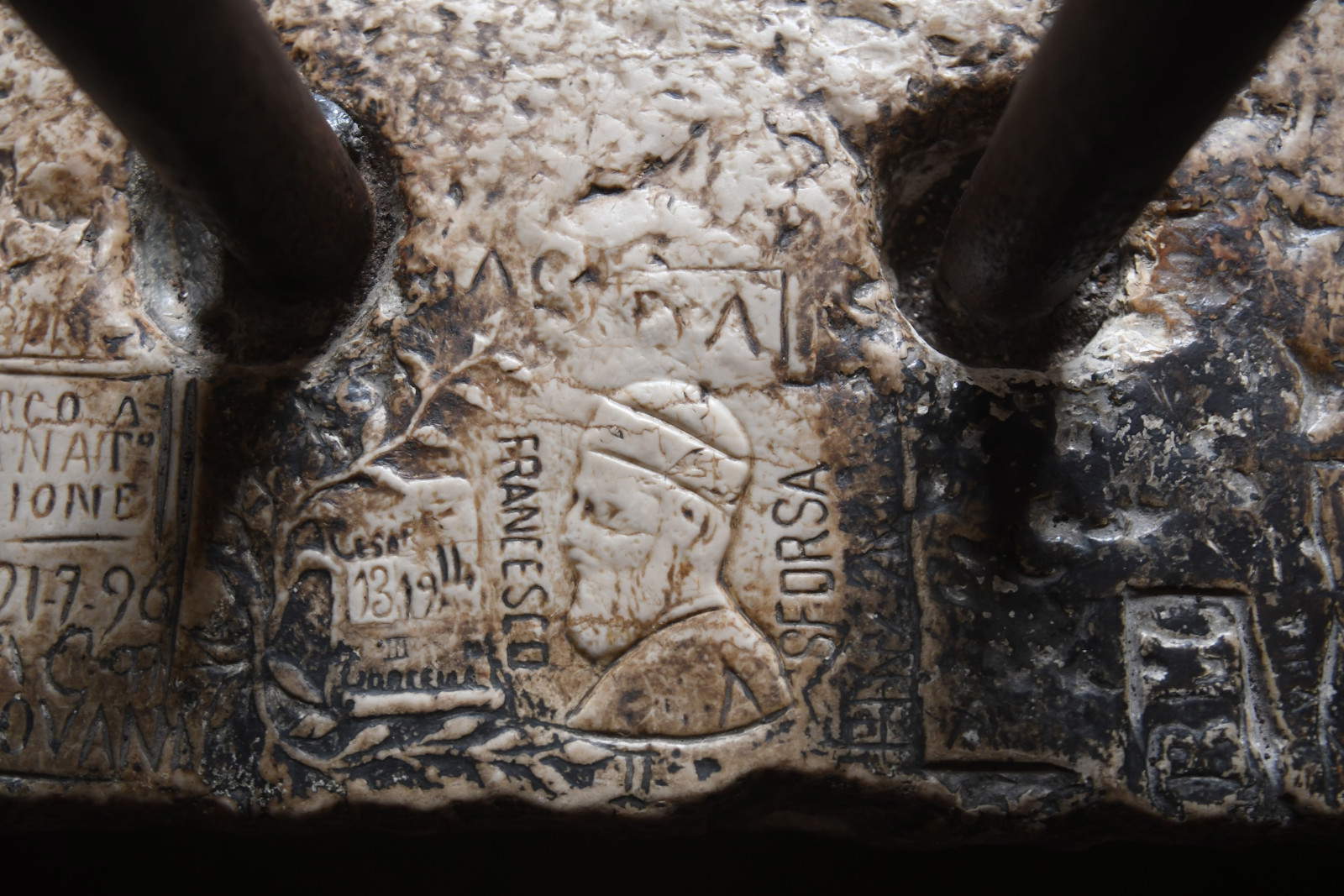
Conceived by writer Alberto Toso Fei and historian Desi Marangon, the festival was born following the publication of the volume I graffiti di Venezia (Lineadacqua, 2022), the result of five years of research that allowed the mapping of more than 6,000 engravings in the city. A hitherto invisible heritage, although it has always been in the public eye. A new book, The Graffiti of Venice. The Arsenal, which opens a further chapter of the research work started in 2017. The work reveals the Arsenal as it has never been seen before: told by the marks left by generations of workers on the walls and surfaces of the ancient Officina delle Meraviglie, the first assembly line in history founded in 1104 and remained in operation for more than nine centuries. The city’s oldest graffiti can be found there, including the date of Venice’s founding: 421.
“Ancient graffiti is becoming more and more ’pop,’” explains Alberto Toso Fei, “on social media, through publications aimed at popularization, in the press. Preserving, studying, understanding and spreading the knowledge of Venetian graffiti means listening to a past that is already all there-ready to tell its story-that only needs to be recognized and listened to, to project us into a future of knowledge and fascination. In Venice it also happens that legend becomes graffiti and legends originate from graffiti.”
“By talking about historical graffiti,” adds Desi Marangon, “we have actually opened a space for reflection on public space and the way of experiencing the city, freedom of expression, the concept of degradation/decay, women’s participation in public space, and especially marginality. We talk about graffiti to talk about history from below and stories from the margins. Graffiti is the voice of the voiceless. The festival allows us to promote and imagine Venice from an original perspective, based more on people than on monuments, and more on marginality than on big names. A Venice accessible to all and everyone, regardless of one’s economic, social, cultural or bound by the limitations that the body sometimes imposes on us.”
“The Graffiti Festival returns to Venice for the third consecutive year, which as an Administration we proudly support because it constitutes a truly fascinating and unique experience in the Italian and European panorama. It is an original and innovative path whose historical and cultural value is enormous and tangible,” said Linda Damiano, president of the Venice City Council, which has supported the festival since its first edition. “The long and intense work of Desi Marangon and Alberto Toso Fei made of study, research, in-depth investigations and inspections has returned an unprecedented and important historical memory of the City, made of signs and engravings to rediscover Venice, those who lived it and its magnificent history. A journey through space and time in a contemporary key among those stones of Venice that still have so much to tell and that will make citizens protagonists of a history that made Venice great all over the world. Among this year’s novelties certainly stands out the look at the Armenian graffiti in St. Mark’s Basilica, which further enhances that deep and millenary bond between Venice and Armenian culture that in recent years as an Administration we have sealed and brought to light through the initiatives dedicated to the Armenian people, and the new and significant publication on the graffiti in the Arsenale, one of the most evocative and rich in history of our City, a symbol of the economic power of the Serenissima, a unique setting to which today has been given new life thanks to the Navy, the Biennale and the City Council with events such as the Boat Show and the High Craftsmanship Show.”
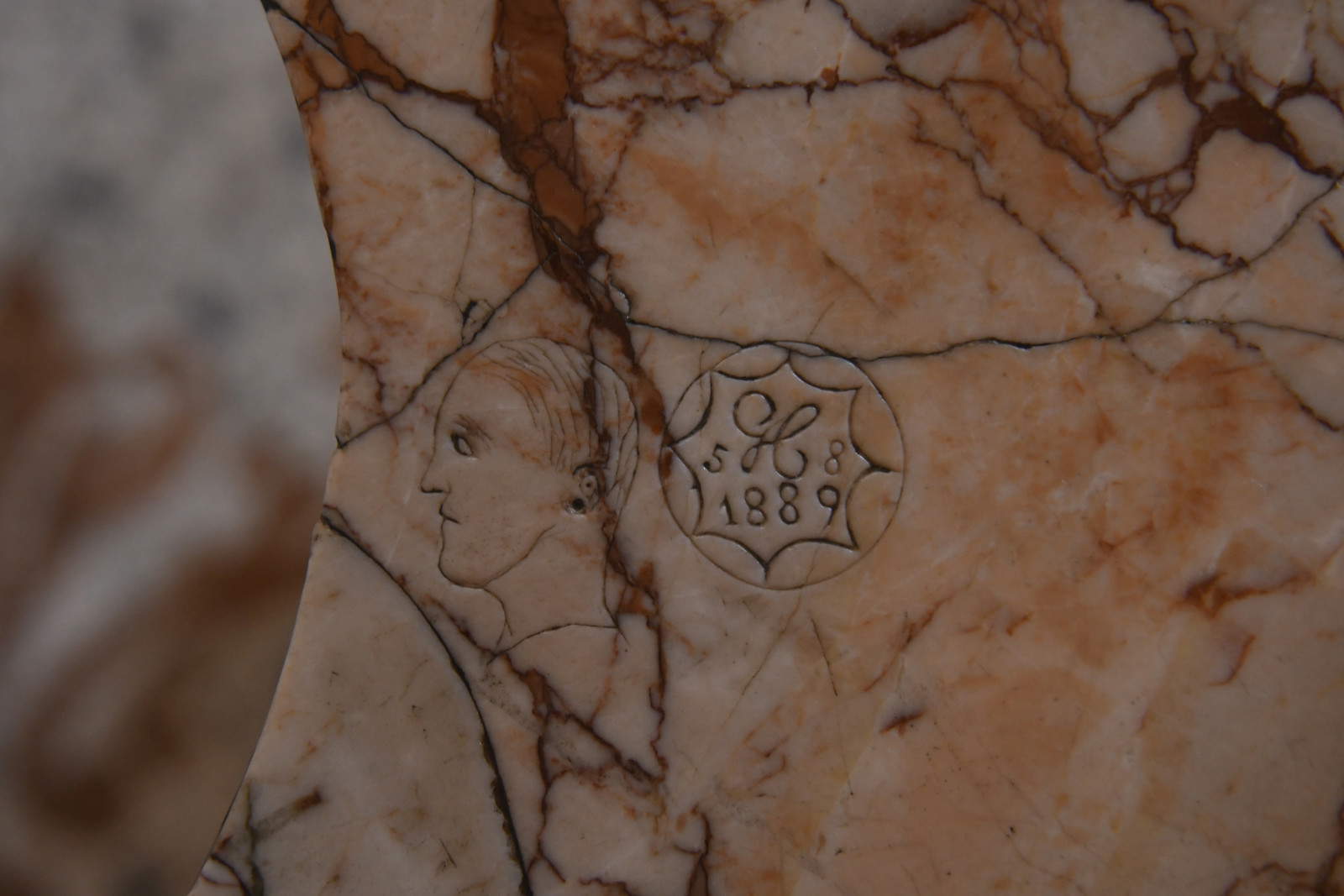
URBS SCRIPTA - Festival of Venetian Graffiti - is part of a Public History project that aims to write a history from below, made up of testimonies left on the walls by ordinary people, and that sees history as a participatory and collective project, to which everyone can contribute thanks to the mediation of those who have made history and storytelling their business. The Festival will also include a tactile and sensory experience for the blind and visually impaired; visiting sessions at the Doge’s Palace, Lazzaretto Nuovo, and the Scrovegni Chapel in Padua (in collaboration with the Department of Culture of the City of Padua, the University of Padua and ERC GRAFF- IT) and the Armenian graffiti in St. Mark’s Basilica (thanks to the Armenian Studies and Documentation Center and the Procuratorate of St. Mark’s); a conference on Venetian graffiti in the Mediterranean basin - Crete and Greece, Jerusalem, Armenia - at the Venice International University in which several experts on historical graffiti from the Universities of Poitiers (and another international ERC, GRAPH-EAST), Haifa, Crete, Venice, and Padua are scheduled to speak, as well as an exhibition on the Cretan graffiti veils of historian and explorer Giuseppe Gerola hosted by the Veneto Institute of Sciences, Letters and Arts, which preserves them. The tours are organized in collaboration with the Civic Museums of Padua, the Civic Museums-Ducal Palace (with the Culture Cooperative Society) of Venice and the Venetian Lazzaretti.
Also planned is a debate on the way of living the city and urban space, “To Whom the City Belongs,” which at the Venice Foundation will see writers and members of associations for cleanliness and decorum confront each other, explain and defend their choices. The discussion will be preceded by the presentation of a discovery related to the graffiti chronicle of a murder, on the portal of a Venetian Scuola Grande. “Biblio-graffiti” is the initiative of the Fondazione Querini Stampalia, which will make available themed books from its vast library.
There will also be no shortage of “pop” moments aimed at the general public, such as the evening tour with flashlights among graffiti and legend along the calli of Castello or the great final treasure hunt that, from the spaces of the Procuratie Vecchie - home of The Human Safety Net - will set off along the calli and allow participants to learn about the most peculiar graffiti. Finally, the “Leave your mark” campaign: posters hung in public places and venues - bearing this slogan and the Festival logo - where anyone can feel free to write or draw. The Festival will end at the Pescheria in Rialto, under the banner of music, wine and cicchetti, organized by the Rialto Mio Association.
Promoted by the Presidency of the Venice City Council and supported by the Veneto Region, the Venice Foundation, the Veneto Institute of Sciences, Letters and Arts, the Ateneo Veneto and Europa Nostra, URBS SCRIPTA 2025 will benefit from the support of many: Fondazione Musei Civici (and Palazzo Ducale) di Venezia, Musei Civici di Padova and Cappella degli Scrovegni, Lazzaretti Veneziani, The Home of The Human SafetyNet, also planned the involvement of Atenei of Italian and international universities in support of the study day, with speeches by some of the most renowned experts in the study of historical graffiti n academic fields. Festival 2025 partners also include Venice International University, San Servolo Servizi, Venice World Capital of Sustainability, Armenian Studies and Documentation Center and Procuratoria di San Marco.
The full program can be found at www.urbsscripta.it
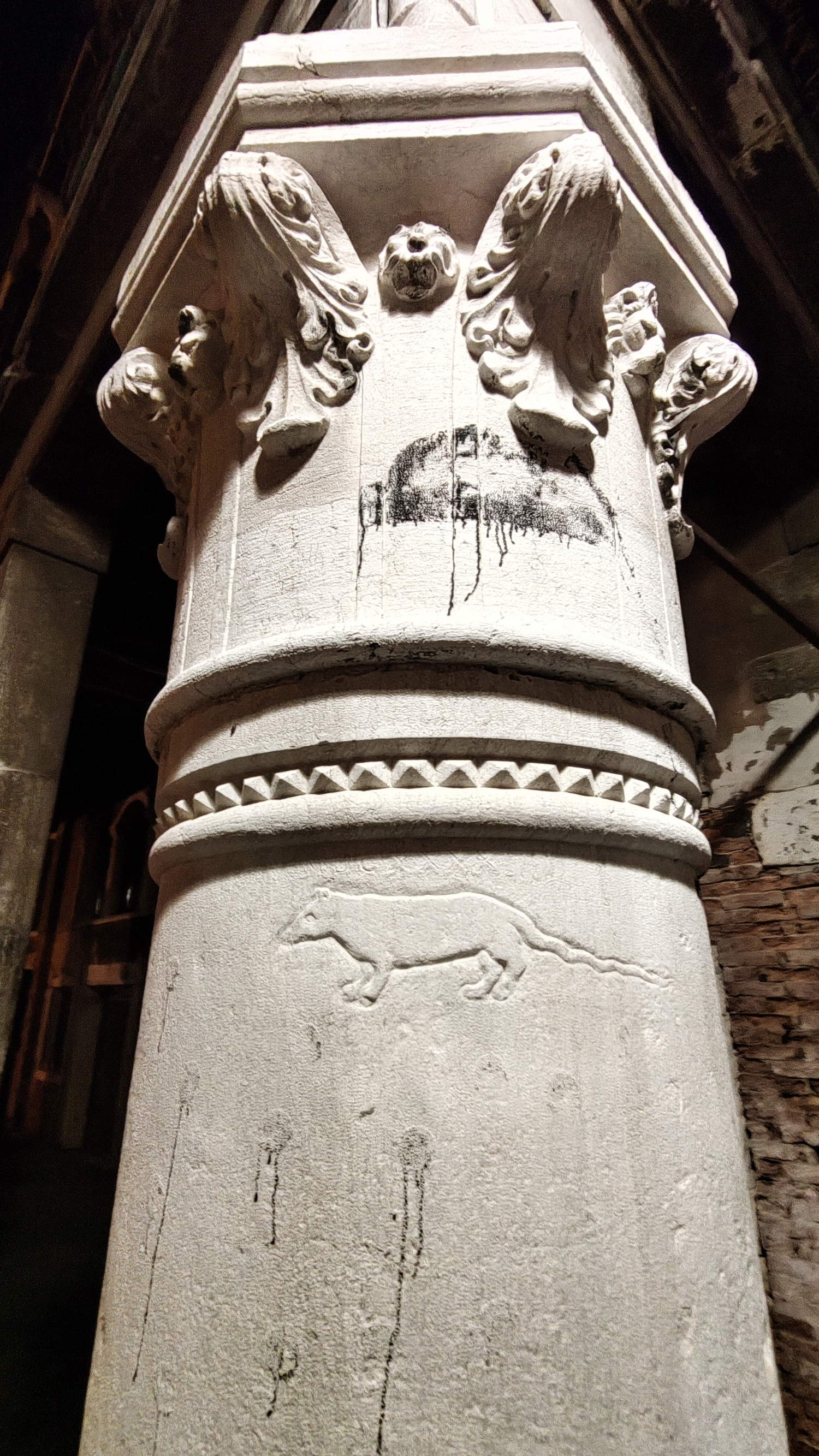
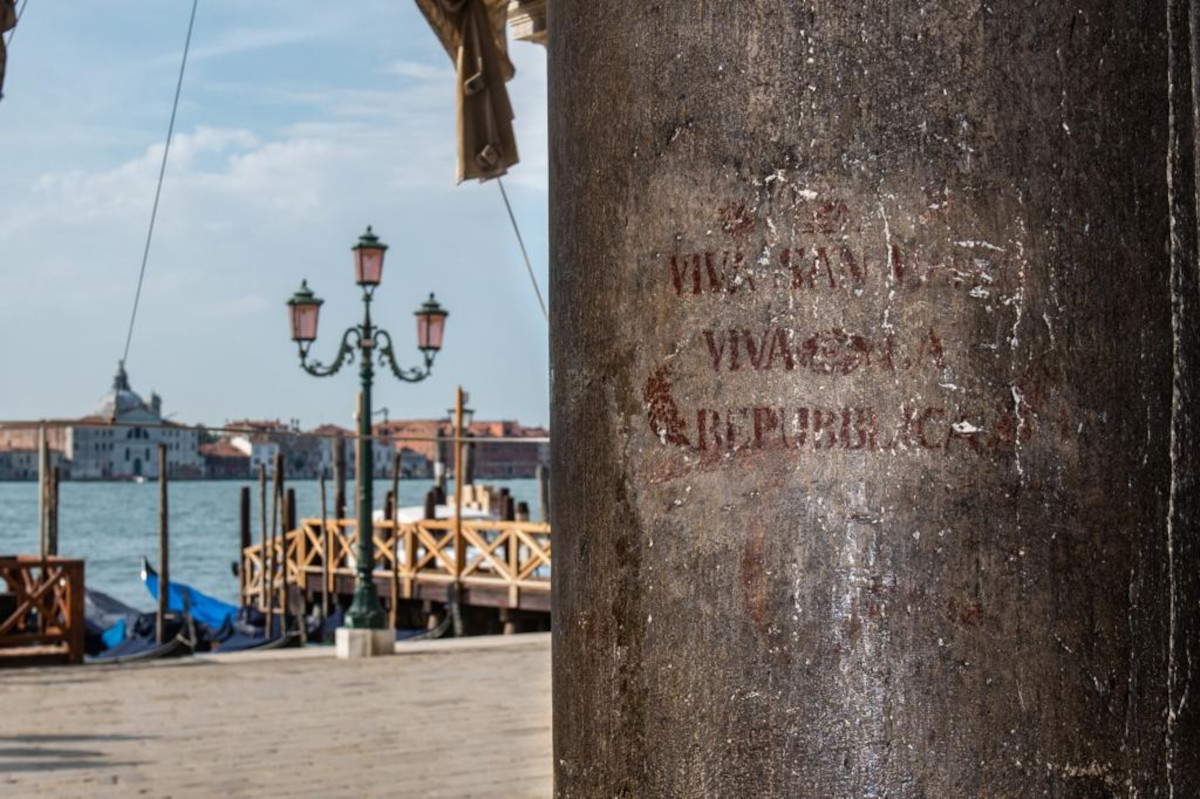
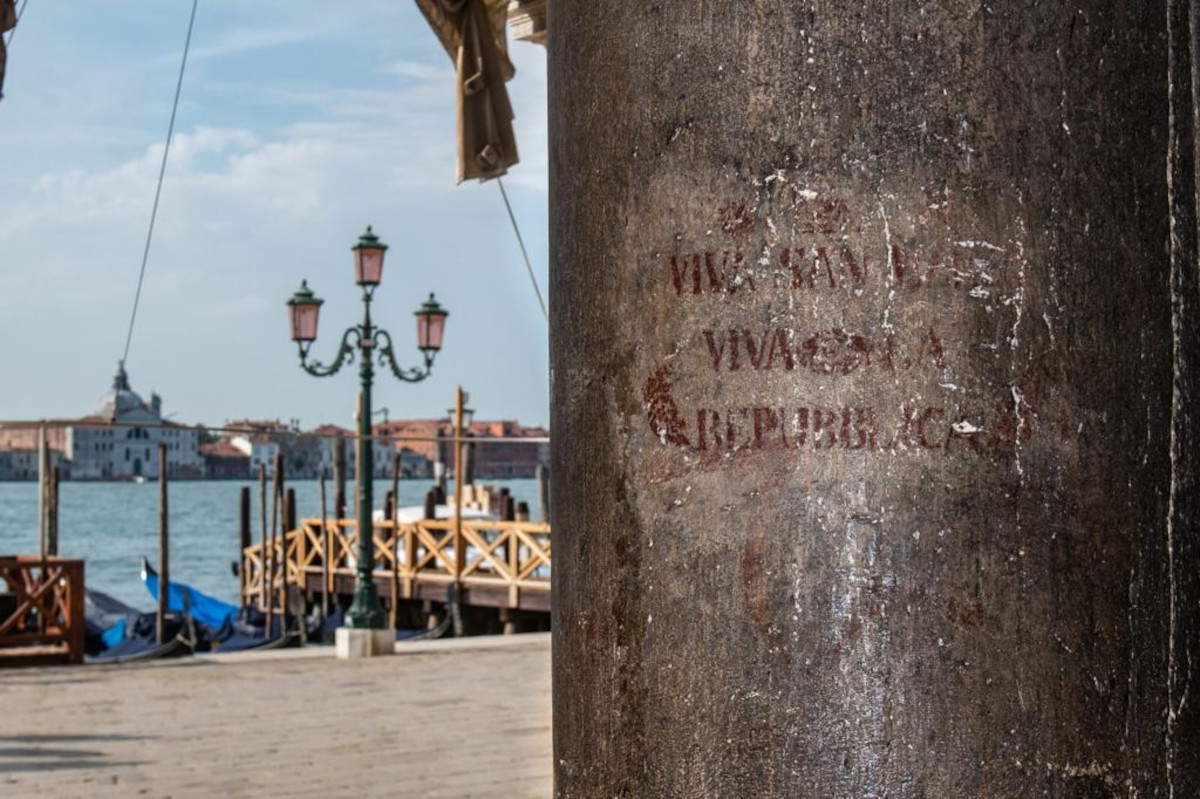 |
| URBS SCRIPTA, the first festival in Italy entirely dedicated to historical graffiti, returns to Venice |
Warning: the translation into English of the original Italian article was created using automatic tools. We undertake to review all articles, but we do not guarantee the total absence of inaccuracies in the translation due to the program. You can find the original by clicking on the ITA button. If you find any mistake,please contact us.